Fuji GSW 690 III is back: Thoughts on this Camera
Another repost from my old blog - January 02, 2021
I just got back my second roll of film from my Fuji GSW 690III since I broke it last February. Right before lockdown I was on holiday near Machynlleth in North Wales and on some wet rocks I slipped and all 6'3" of me was laid out flat on the ground before I knew what happened. The camera whipped over my head and slammed on one of the rocks.
Fortunately, I was uninjured but the shutter was knackered. With lockdown shortly afterwards, I wasn't in a hurry to find out if it could be fixed or how much it cost. Finally a few months ago I got around to it and sent it into Camera Repair Workshop in Milton Keynes (UK). After a few weeks Dave sent an estimate for about £150 which seemed more than fair. I did speak with him on the phone and he said it might take time due to restrictions around Covid. After a couple of weeks I got the camera back in great shape and ready to go. I would recommend his work and plan to use him again. He said over the phone that when Fuji got out of the camera repair business he managed to buy their parts stock so I was quite lucky to find him for a Fuji repair problem.
With two rolls of film through it now I am confident it is as good as it ever was.
Ironically, I had finally come to terms with this challenging camera as these photos for the holiday in North Wales showed me.
The Fuji GSW 690 is a close cousin to the more common Fuji GW690 aka Texas Leica. It is the same camera in fact except the 90mm f3.5 lens is swapped with a 65mm f5.6 lens. (The lenses are fixed for these models. Earlier versions had interchangeable lenses which technically make them the true Texas Leicas.) When looking to try a medium format range finder I opted for the 65mm lens on the theory I would use the wide angle more for landscape work. I had also gotten rid of my Mamiya C220 (6x6) with a 65mm lens so I figured I knew what I was in for.
I like wide negatives and I own a Fuji G617 which I love. However this 65mm on a wide negative was hard for me to get my head around. I made this composite image to show what the 690(65mm) and 617 (105mm) look like on the same image. The challenge with this and in fact all fixed lens cameras is to get a sense of what it is really good at or in other words how to get the most out of it.

First Conclusion about how to use it...
My first conclusions about this camera and what it was good for involved thinking about the landscape and parts of the landscape being part of a larger whole. This came about on a hike up Whernside in 2018. I made two satisfying images though I didn't like them at first.
They made the main subjects smaller but I could not walk up closer. In both cases I came to see how realistic this was; the subjects that loom so large in one's mind at the time are the result of mental processes. In reality this great bald hillside and landscape shrunk subjects and subjugated them to the scale of the place. Even a marvel of Victorian engineering is made small in the vastness of nature. I came to like and appreciate these images because of this. Below are the examples.
Another aspect to appreciate...
It was in North Wales along a small river that I came to understand the other aspect of this camera. It is really good at working in small places. This river was right next to a narrow road. To capture it I had to position myself right on the edge of the river, practically in it. Now the immense range of the lens suddenly made it feel less crowded and a satisfying image could be made. Artist Valley Falls above is that image.
With this camera you have to be prepared to be very close to the subject. (You can focus down to 1 meter.) But this really helps in crowded situations. It also has a propensity to draw in distracting elements on the edges or foreground. A good example is the lower right corner of Force Gill above and the photo below...
The branches on the right and the reeds in the lower left corner. (Granted a canal stands in the way of improving the composition.) You really must police the edges of the view finder.
Limitations
It is heavy and the 690III is the heaviest of the genre. It has a built-in lens hood which interferes with using filter holders. I removed it (as have many others) with careful metal cutting. I could not use the camera without GND filters.
It is a rangefinder and though the finder is bright enough the small focus patch characteristic of most rangefinders can be challenging at times.
Lens cap. It is a rangefinder and you must remember when the lens cap is on.
The most annoying aspect is that the T-shutter doesn't work as you expect. The shutter opens with the shutter release, however one must either advance the film or change the shutter speed on the lens to close the shutter. Once you need to go beyond one second shutter speeds you are into a bizarre world of having to shield the lens before doing one of the two things that will close the shutter. I think this would be a deal breaker for many. It is a delicate and fraught operation. More so when you consider that all this must be done while the shutter is open. I tend to use the lens cap to cover the lens before closing the shutter. I have never had a bad image this way but it doesn't fill one with confidence.
Printing in the darkroom. I tend to relegate this camera to color work that I scan. I cannot use my 6x6 enlarger unless I am prepared to crop the image or make a diptych. These techniques work but it is still a compromise. I have a 4x5 enlarger but it is not convenient to use and so it doesn't get used as much.
I continue to explore how to best use this camera. I am not entirely convinced that the lens was the best choice but I have benefitted from finding out how to make it work.
Other images...
I leave you with a few more images...(click to enlarge)
This next one shows again the isolation it can give a subject...
The next few photos I took in Atlanta Illinois where my grandmother's family is from. These are not my normal faire but they show the potential for how tis camera can capture street and architectural scenes I think.
These are more typical landscape scenes from the Llyn Peninsula in Wales.


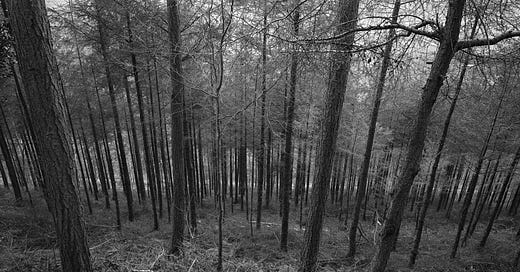



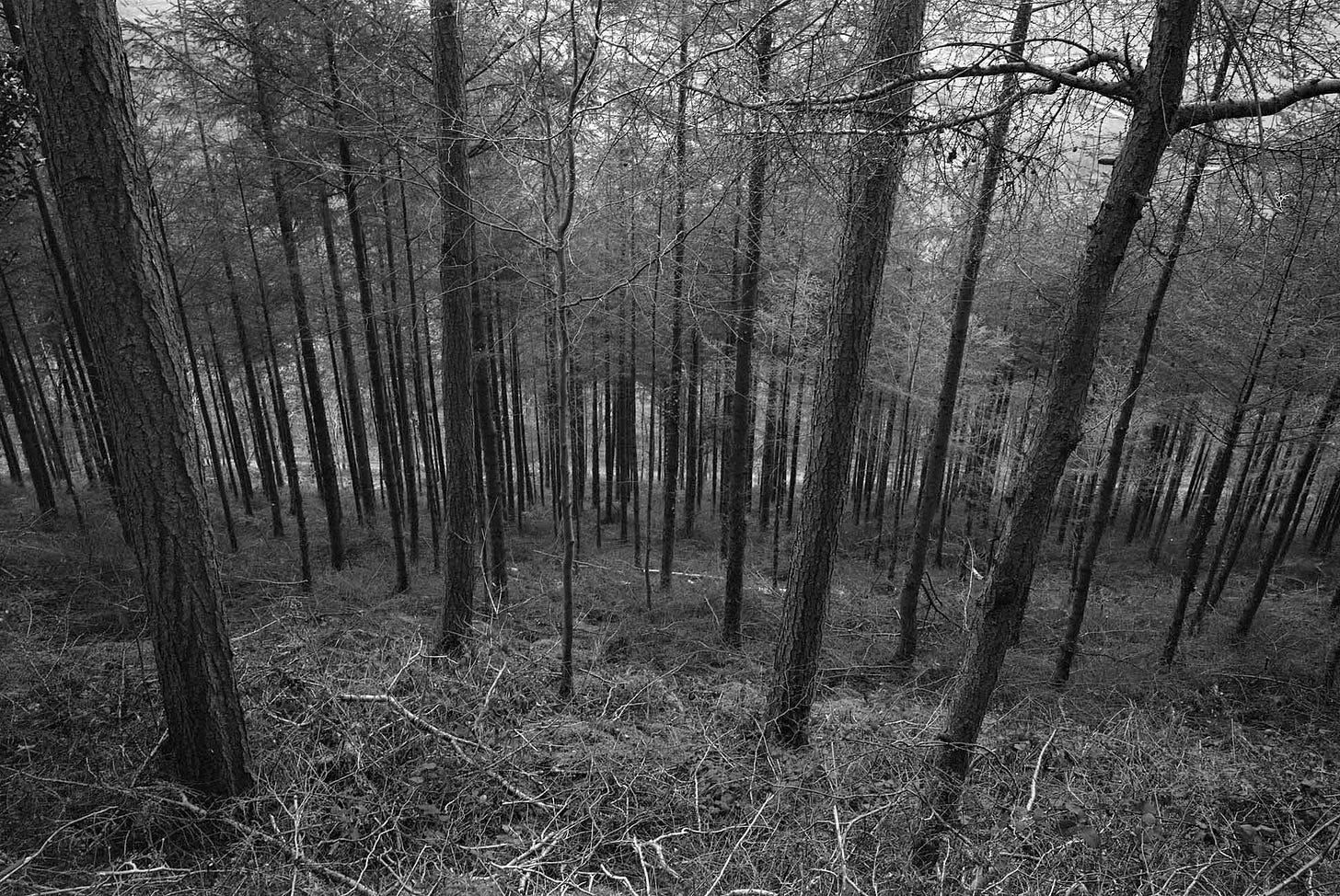
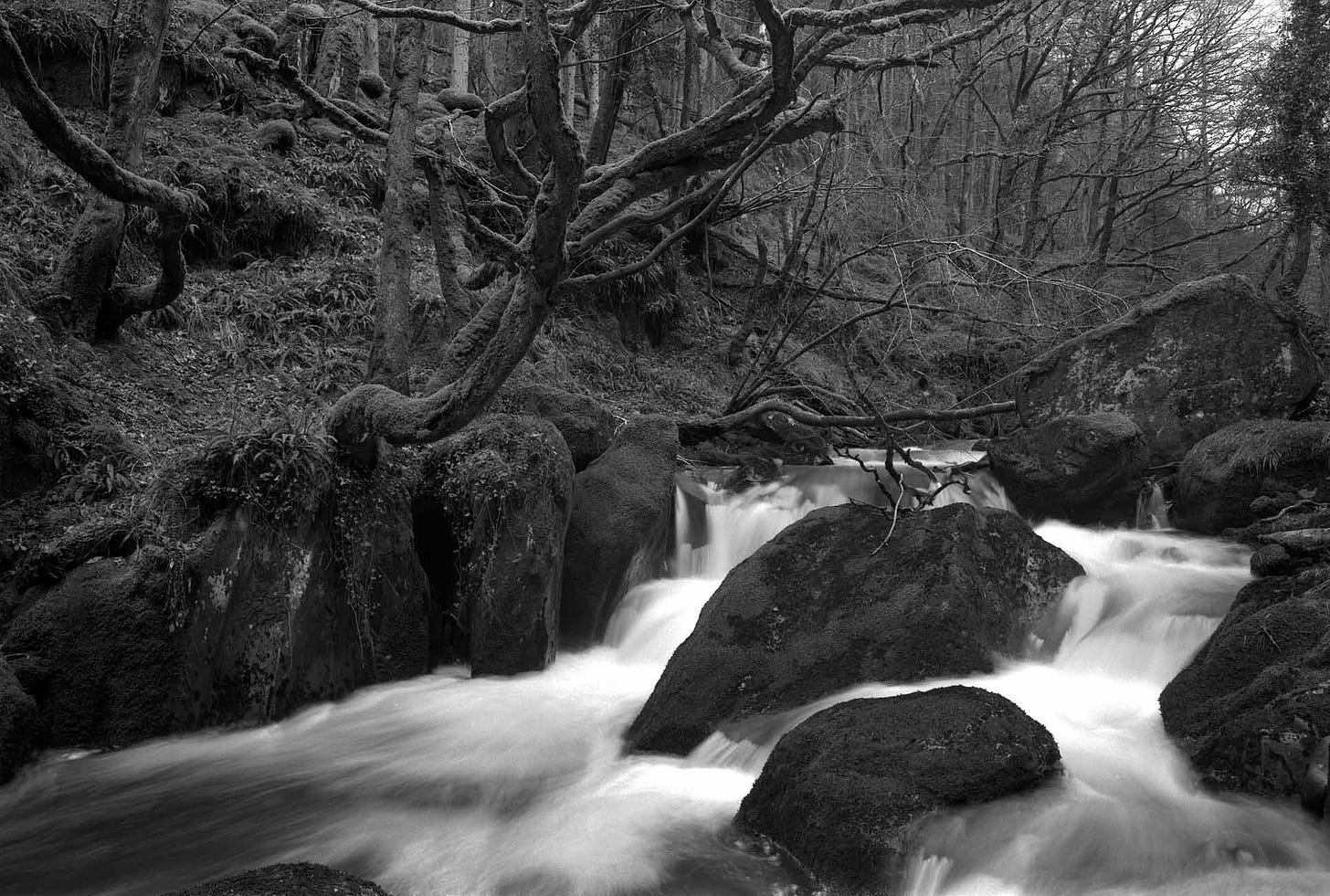



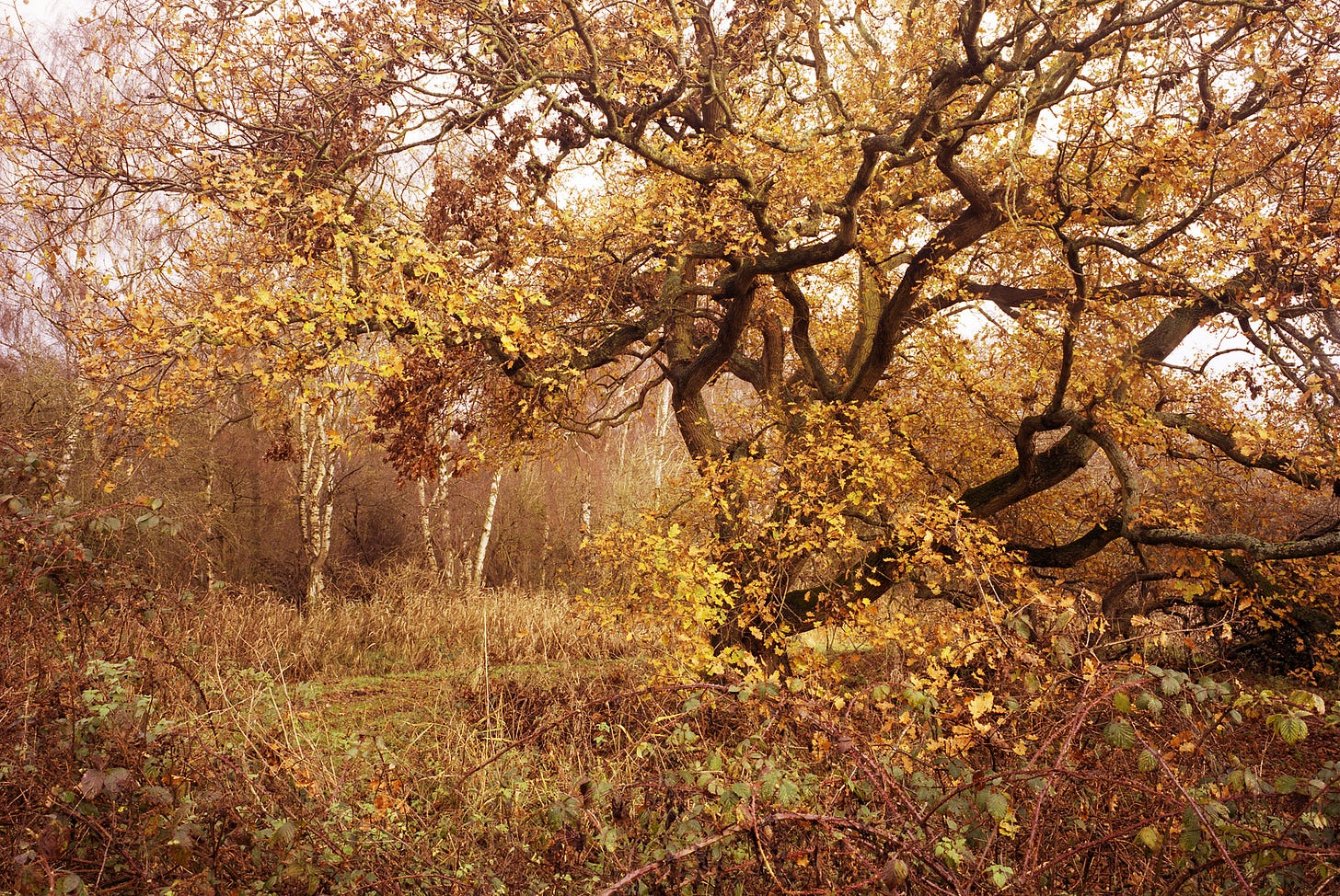




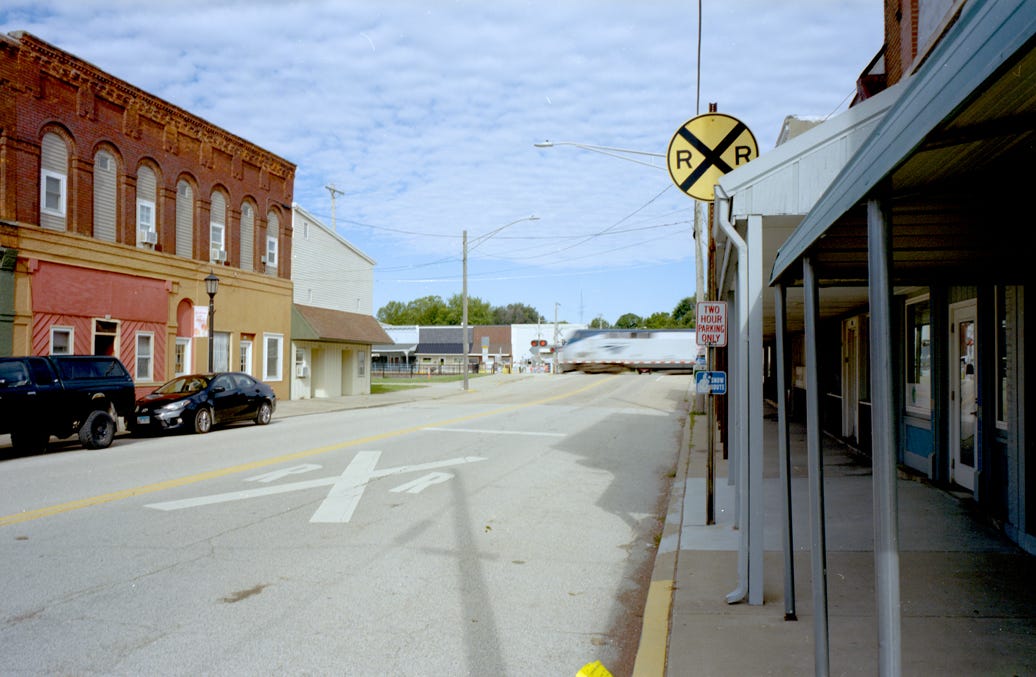

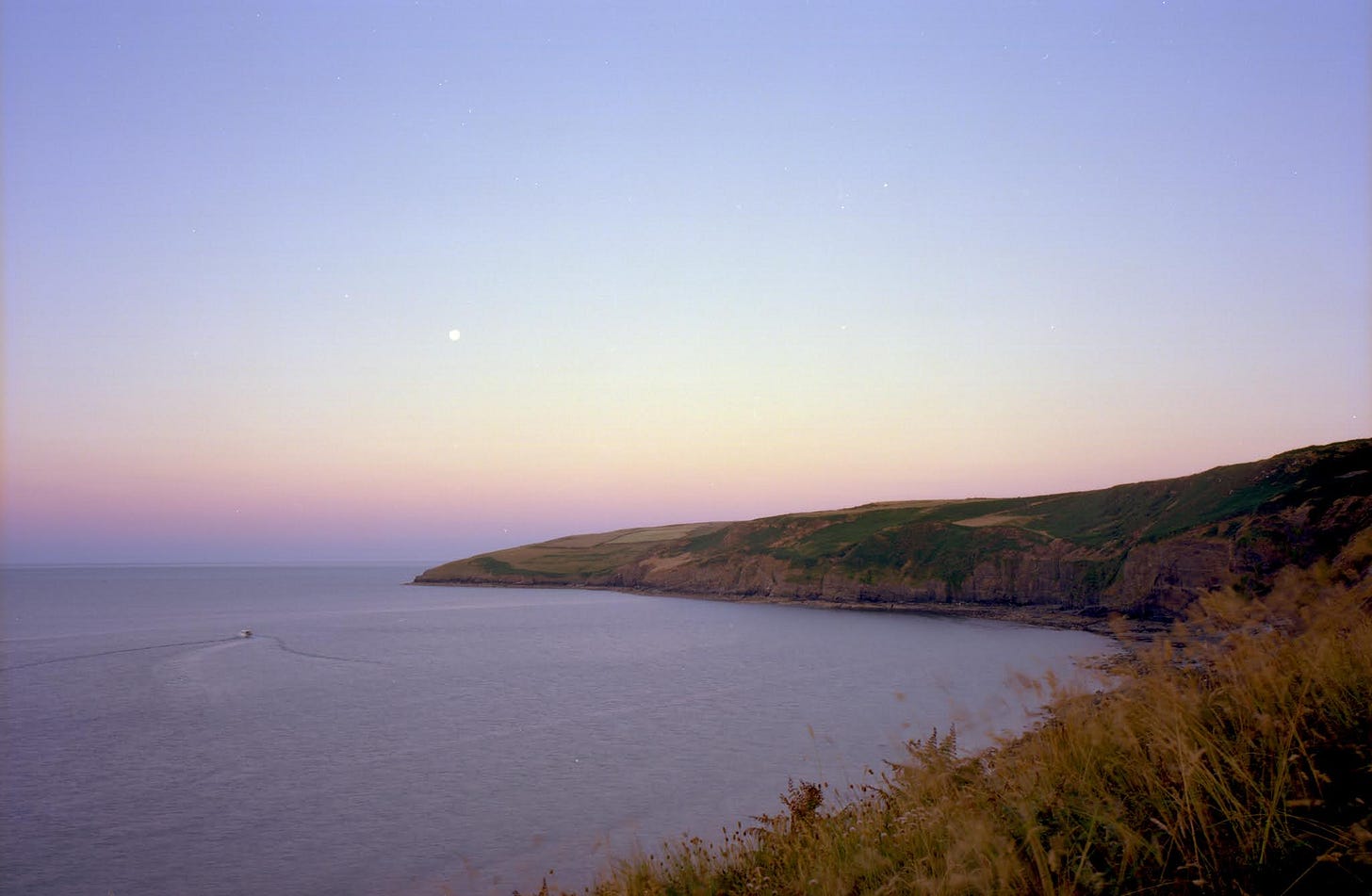
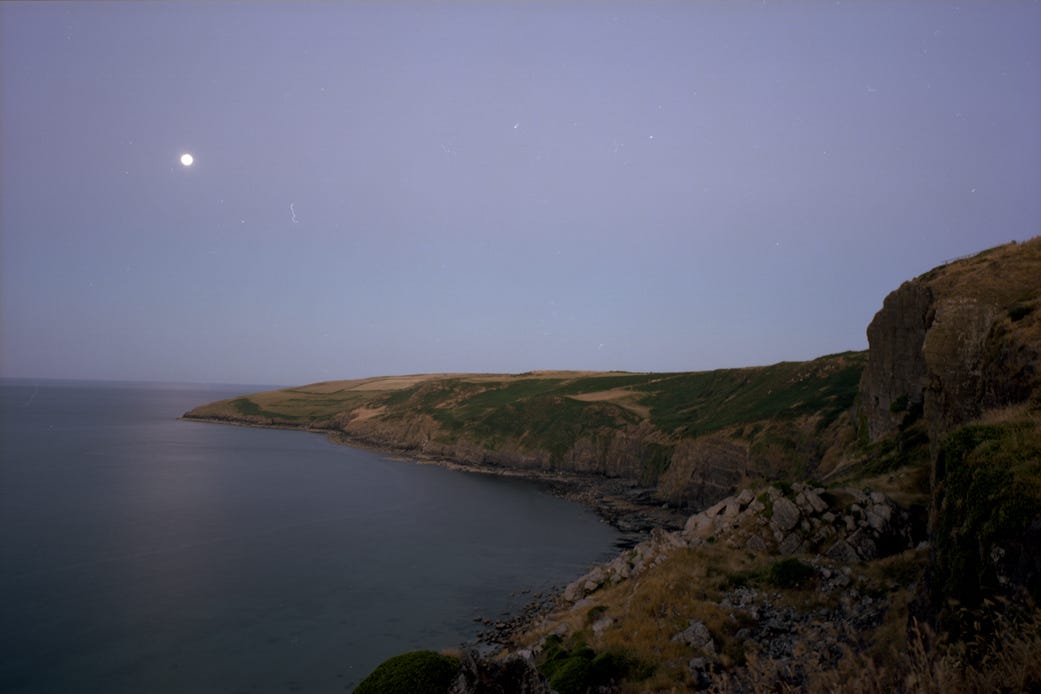
I think this camera really shines on your last images of (somewhat) architectural subjects. I also really like the vertical image of Holme Fen (closeup of detail). For architectural, though, it would be hard for me to give up on rise, which could reduce the keystoning of buildings, towers, etc, that is noticeable in wide angle shots. For that the Plaubel Proshift 69 or an Alpa 12 would be ideal, except for their price tags. Or a viewcamera.